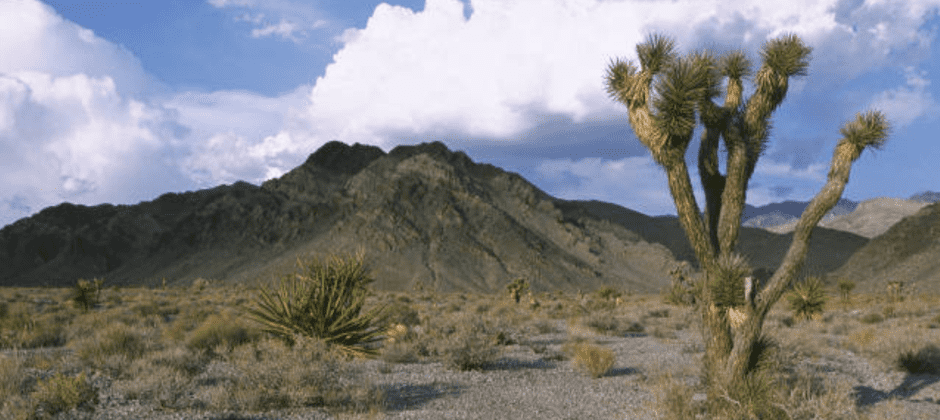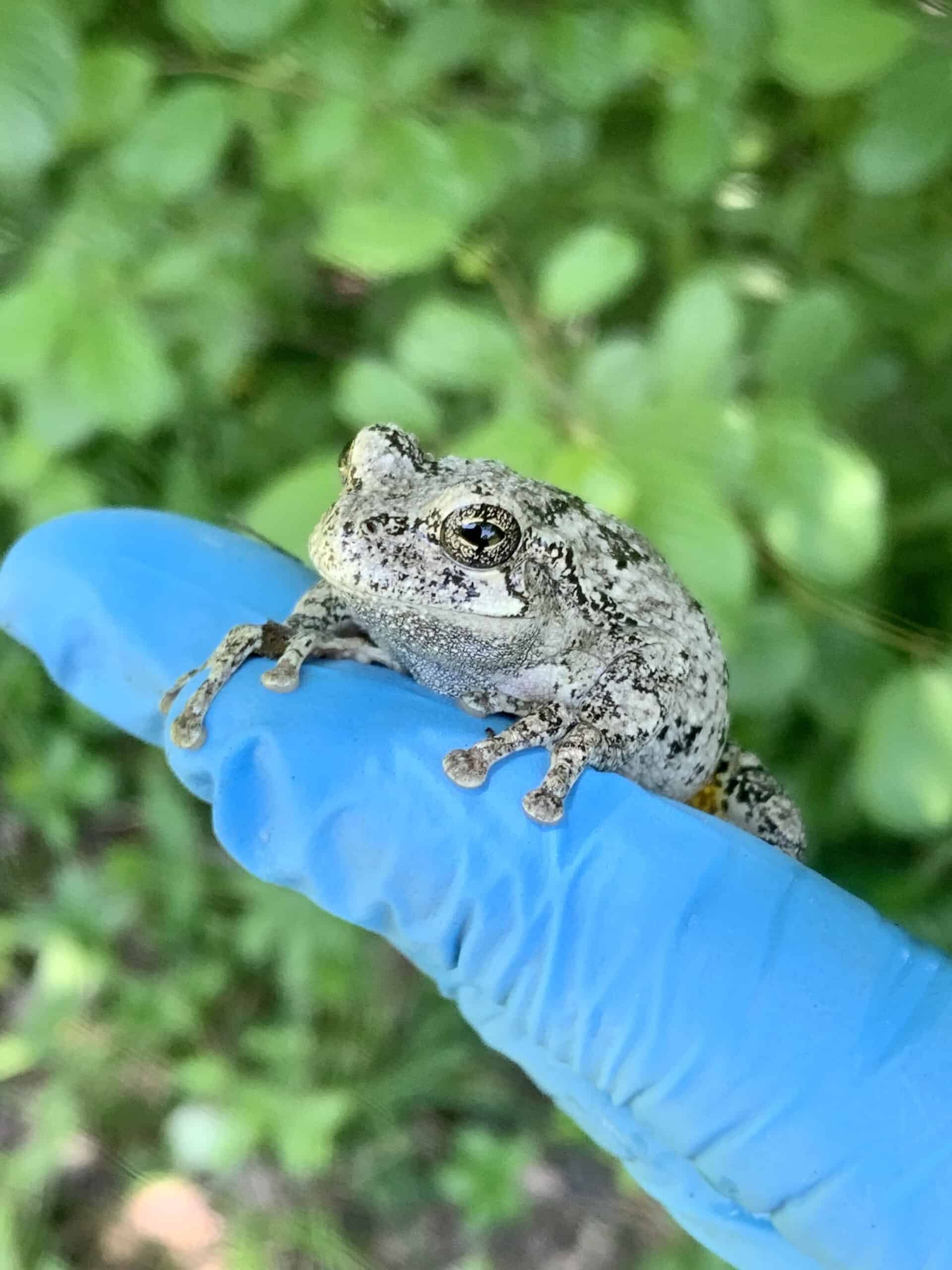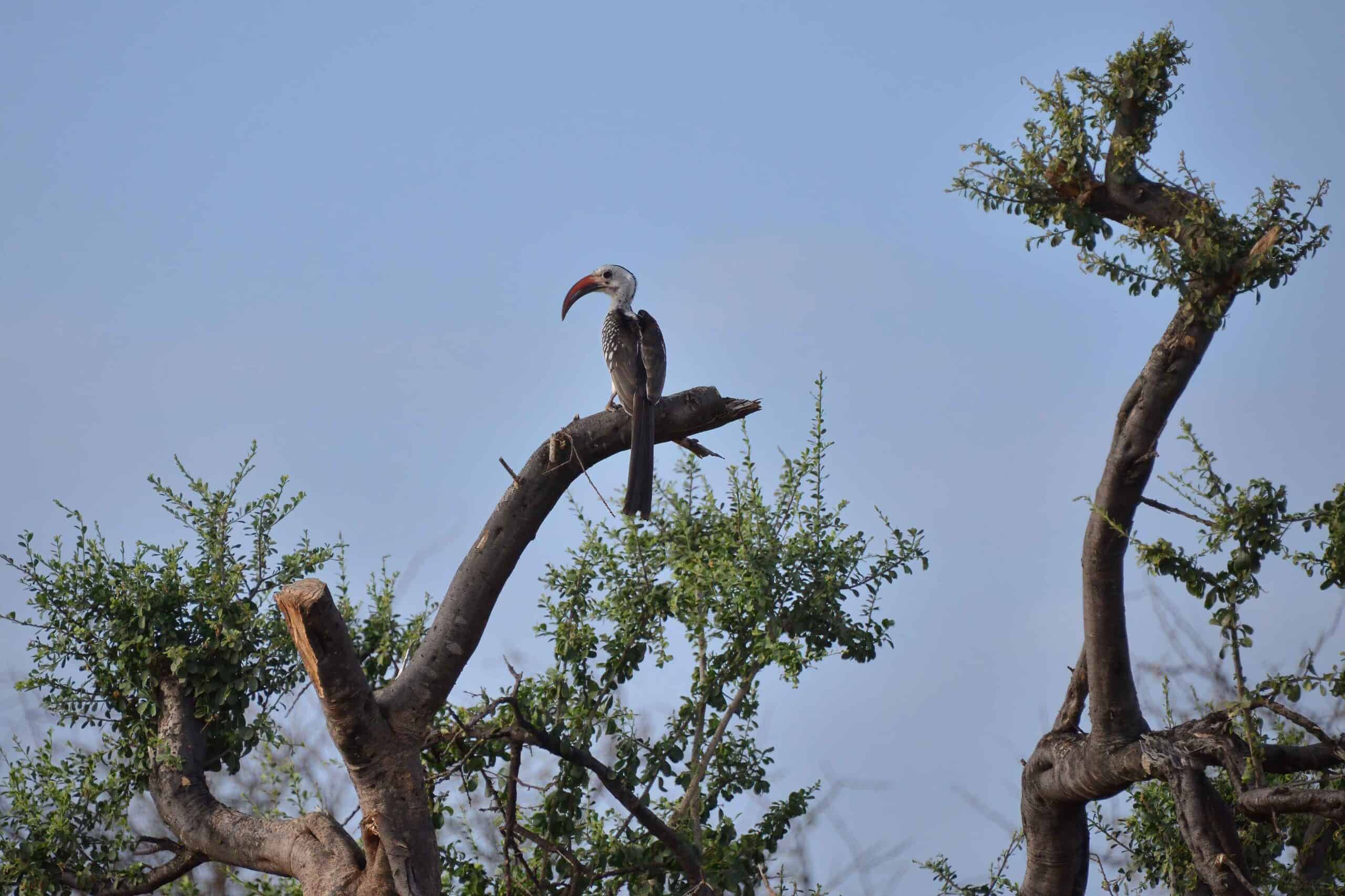Share this article
Air Force vies for more control of a Nevada refuge
A controversial provision in the Fiscal Year 2021 National Defense Authorization Act would grant the U.S. Air Force control over an additional 840,000 acres of the Desert National Wildlife Refuge in Nevada.
The Air Force already has primary access to 112,000 acres and conditional secondary access to another nearly 738,000 acres on the refuge.
The Desert National Wildlife Refuge, created in 1936 to protect Desert bighorn sheep (Ovis canadensis), is the largest refuge in the contiguous United States, at 1.6 million acres.
The Air Force uses some of the refuge as part of its Nevada Test and Training Range. The NTTR encompasses 2.9 million acres overall, most of which is land managed by the Bureau of Land Management. The NTTR is used for air and ground-based military activities, including combat exercises, pilot and crew training, and testing of new aircraft and weapons systems.
The new provision, added to the National Defense Authorization Act in early July by the House Armed Services Committee, would effectively give the Air Force control of the entire refuge. The Air Force argues that it needs to increase the acres it controls to enable it to perform modern warfare training.
The provision would change the management of 840,000 acres in the western portion of the refuge from the primary jurisdiction of the U.S. Fish and Wildlife Service to joint management by the USFWS and Air Force. It includes an element that defers to the Air Force in any case of disagreement over management.
The refuge stretches across seven different life zones, or areas with similar plant and animal communities, and includes six mountain ranges. It is home to several sensitive desert species, such as the endangered Mojave desert tortoise (Gopherus agassizii). Overall, about 320 bird species, 53 mammal species, 35 reptile species, four amphibian species and over 500 plant species, can be found in the refuge.
The Senate has not included the provision in its FY 2021 National Defense Authorization Act. However, the Senate’s report accompanying their bill references the issue and calls on the Air Force to work with stakeholders to come to an agreement on use of the refuge.
The bill is expected to reach the House floor later this month, where some Nevada lawmakers are planning to introduce an amendment to strip the controversial provision from the bill.
Header Image: The Desert National Wildlife Refuge is home to endangered tortoises as well as bighorn sheep — and is also used as part of the Air Force’s Nevada Test and Training Range. Credit: USFWS








